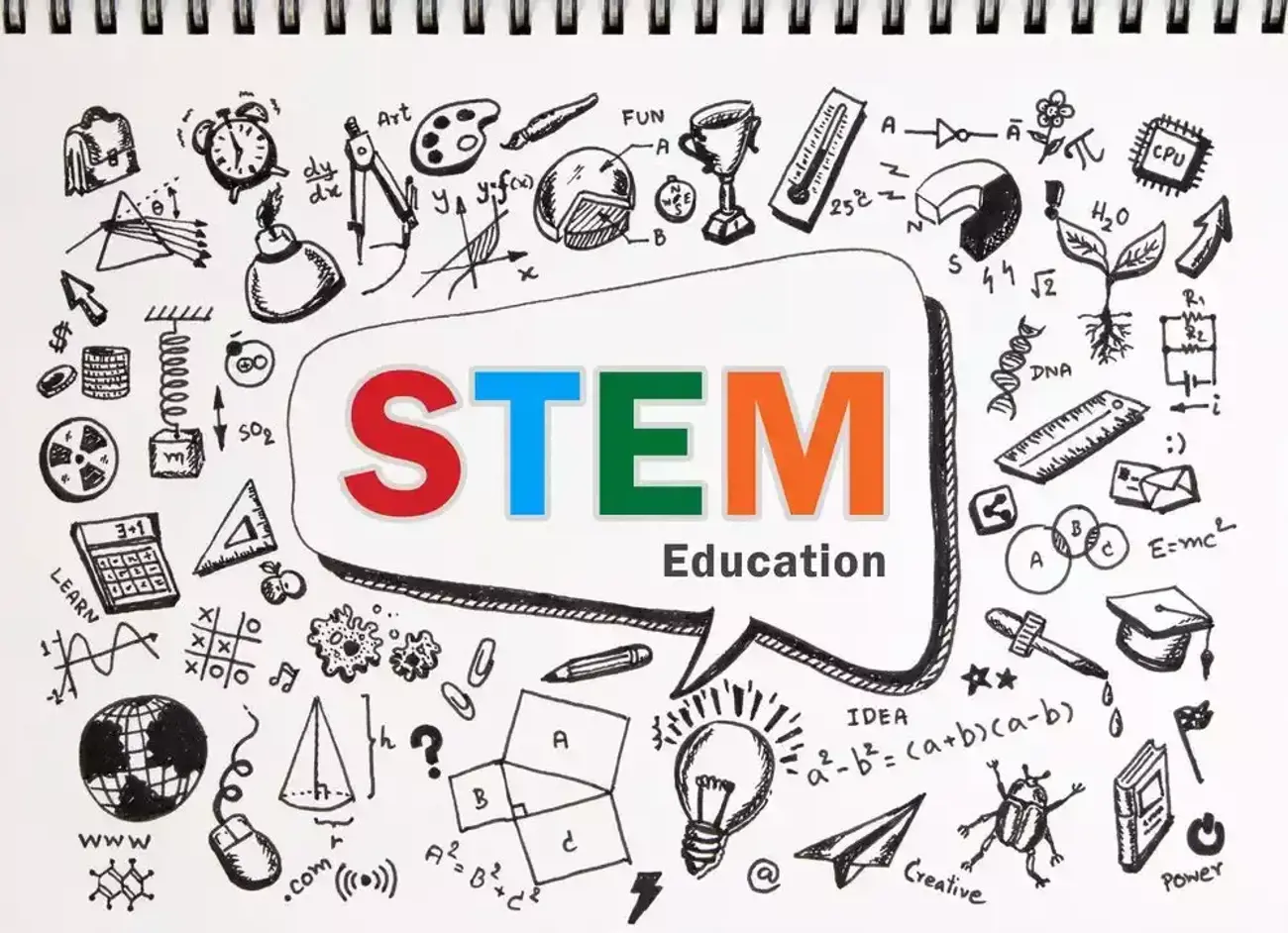STEM (Science, Technology, Engineering, and Mathematics) may sound like it's associated with school, university, and professional sectors, but is an important part of the early learning environment.
In their first five years, STEM education helps children to learn and make sense of the world. It develops their creative and critical thinking skills, connects conceptual ideas with hands-on experiences, and sets children on the path to being engaged, informed, and innovative members of society.
For these reasons, it's important that STEM skills are nurtured in the early learning environment, and to see how this can be done, we speak with Professor Marilyn Fleer.
Professor Fleer is Foundation Chair of Early Childhood Education and Development at Monash University and was awarded the most prestigious research award in Australia from the Australian Research Council, a Laureate Fellowship. She is also the brains behind a play-based learning model called Fleer's Conceptual PlayWorld.
Thanks for your time, Professor Fleer. STEM is a key part of children's early education and development, so could you suggest some ways that STEM concepts can be incorporated into a preschooler's day?
Whether they're inside or out and about, STEM gives children new lenses to see their world. To help them do this, there are many ways that educators and parents can encourage children to view things differently. For instance:
- Science
When they look outside, instead of just seeing trees and flowers, children can think about where to find slaters, or consider how different kinds of birds have different beaks to eat different food types. - Technology and Design
Rather than just drawing a front-on picture of a house, preschoolers can draw a bird's eye view of the property – and this means drawing a plan, making a map and even designing a house. - Engineering
Educators and parents can start by explaining that there are different kinds of engineers that help us. Then children can build with wooden blocks and think about the structure and forces that are at play when they’re trying to balance the blocks. - Mathematics
When children go to the shops with parents or care-givers, they can employ mathematical concepts. This means that instead of walking all around each of the aisles, preschoolers can think about how a shopping centre is a classification of things, e.g. To find a toothbrush, they can go across the top of the aisles until they arrive at the toiletries, then go down until they find their toothbrush.
These ideas involve educators actively explaining concepts and encouraging alternate viewpoints. Has there been a change in the way that concepts are taught in the early learning environment?
Yes. In the past, educators in kindergartens and child care centres were encouraged to let children play, and active teaching of concepts was discouraged. A form of osmosis – or gradual absorption of information – was expected.
There has been a shift, though, and the new documents that educators must use encourage them to intentionally teach. This means they are expected to plan interactions with children where they discuss concepts as part of their play-based programs.
Your Conceptual PlayWorld is a model of intentional teaching, so could you explain how this works in practice?
Fleer's Conceptual PlayWorld provides a model of teaching through play that especially lends itself to STEM learning. It is based on over a decade of research and involves an educator creating an imaginary scenario, then inviting young children to go on imaginary journeys, approach and solve challenges, and learn STEM concepts to deepen their play.
This model supports both play and learning, which means that concepts are learned in the service of the children's play, not the other way around. So, instead of STEM lessons being set up to teach a concept in isolation of what is interesting for children, youngsters get to solve problems in fun, imaginary situations.
Educators are inspired by books or fairy tales when choosing their PlayWorld theme (e.g. Margaret Lyttle Memorial School Kindergarten based their PlayWorld on Charlotte's Web) and there is the option of setting up a PlayWorld focused on a STEM area (e.g. a Scientific PlayWorld) or on social and emotional development (e.g. a Respectful Relationships PlayWorld).
How can educators set up a Conceptual PlayWorld?
There are five steps educators follow when developing their Conceptual PlayGroup:
- They select the story to base the PlayWorld around. It needs an interesting plot, characters and drama, like The Very Hungry Caterpillar (for infants and toddlers) or There's A Hippopotamus on Our Roof Eating Cake (for preschoolers).
- Educators design spaces to transform into the PlayWorld. For instance, an outdoor obstacle course might lead to a special chair or a home corner might become a barnyard.
- They decide how everyone will enter and exit the PlayWorld as a group. This could mean the wave of a magic wand or crawling through a tunnel to enter the imaginary world.
- They plan a problem to be solved. For example, in the Charlotte’s Web PlayWorld, the children had to work out how to stop the bugs eating all of Farmer Zuckerman’s apples, leading to questions about nature, ecosystems and food growing.
- Educators decide what role they will have in the PlayWorld. This role should be equal to the children because everyone is a play partner, however, educators can choose to be with the children, trying to solve the problem, or guiding them through the process in a leading role.
A Conceptual PlayWorld can run for a single lesson or be spread over 10-weeks, and either way, it has the power to encourage a love of STEM by winning over young hearts and minds.
If you’d like to keep up-to-date with Professor Fleer's work, you can follow her on Twitter @MarilynFleer or Facebook.
































